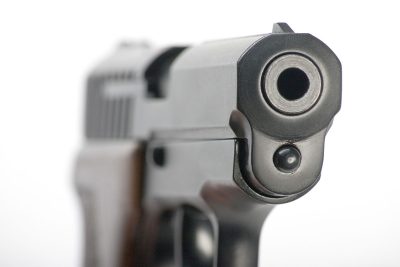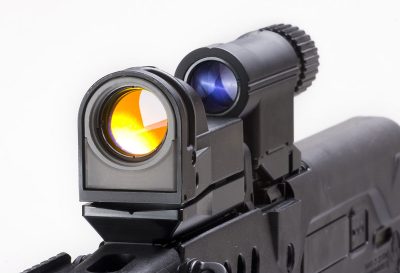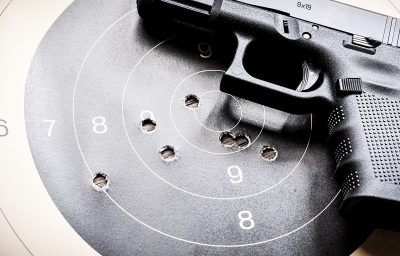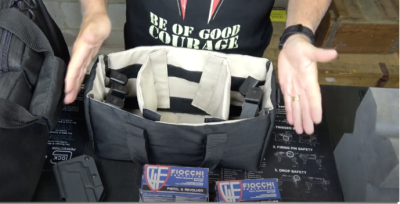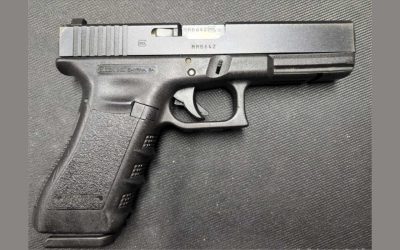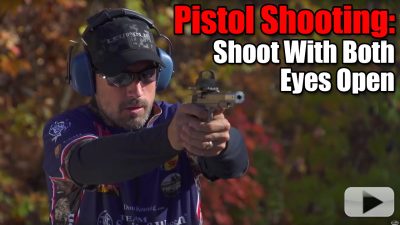4 Tips for Trigger Pull and Control
One of the most essential skills for firearms is your trigger pull. Without proper trigger skills, you might not be as accurate or have full control over your firearm. Knowing how the trigger on your Glock 35 works vs. your HK USP means you know how to pull it and where the breakpoint is. Trigger pull, trigger discipline, and trigger control are all highly important if you want to be accurate when shooting your gun. Here are a few tips to help improve your trigger skills.
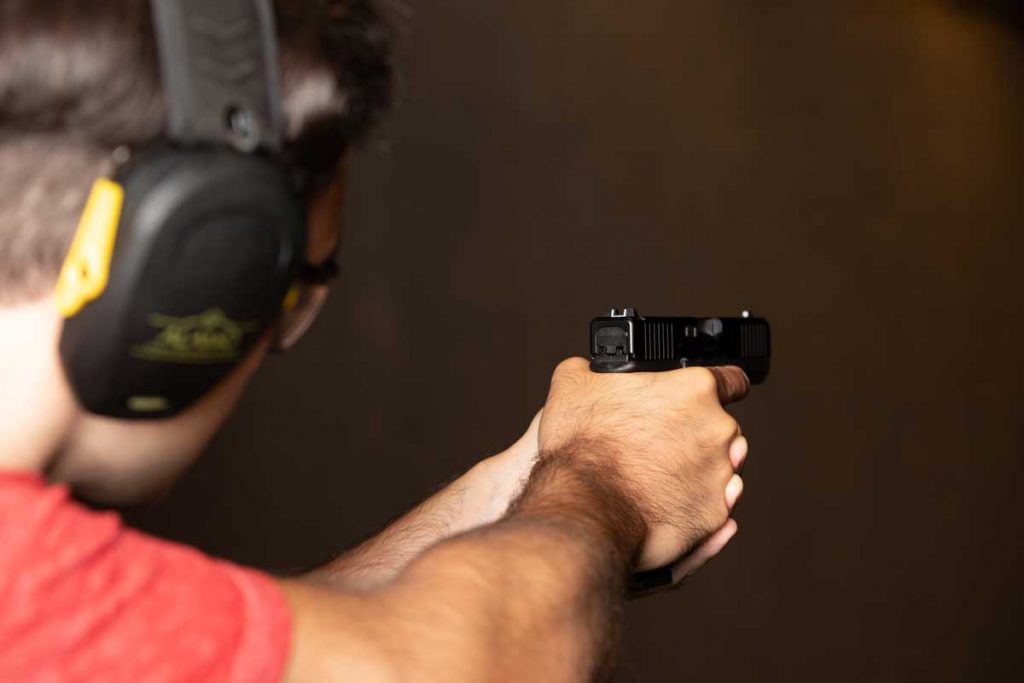
Trigger Discipline
Trigger discipline is simple to learn and is essential to staying safe out at the range or anytime you handle your firearm. Following this rule is really simple too—all you need to do is keep your finger off the trigger until you are ready to shoot the gun. It takes conscious effort to do so but should eventually become muscle memory. Note that some holsters with retention methods require the use of your index finger. During this process, you might accidentally put your finger on the trigger before you are ready. Avoid these and use holsters that break retention using your thumb instead.
Related Articles: How to Achieve the Proper Rifle Stance
Learn How to Properly Pull the Trigger
There are multiple schools of thought on exactly where your finger should position on the trigger. Some say the middle of the finger pad; others say the crease of the first knuckle is fine. The key is to squeeze the trigger, not pull, towards the back of the gun by first removing the pre-travel in the trigger. There should be a “wall” you can feel where the trigger breaks.
Where the trigger breaks will be different on your DPMS AR 15 compared to your 1911, and each trigger is different. Pull through the wall and the gun fires. Follow through by not letting go of the trigger immediately, and then reset it by easing it forward until you hear and feel a click. It will not be all the way forward. Squeeze again to fire again. This delicate process will help you become more in-tune with the firearm and can help you be more accurate.
Do Not Forget Follow-Through
Just because you have broken through the wall and the gun has fired does not mean you should stop squeezing the trigger backward. Keep squeezing until the trigger stops moving backward. Only then should you reset the trigger. The reset point on every gun is different, but it is typically before the trigger comes to a full rest as most triggers have a little bit of free travel before engaging.
Practice Dry Firing
You might also yank the trigger when the gun fires, throwing off your follow-through. Practicing with dry firing, or squeezing the trigger of an unloaded gun, can help you build muscle memory for where the trigger breaks while also training your brain not to anticipate the bang. For striker-fired guns, you do not need to pull the slide all the way back to reset it, especially if you are using dummy rounds to practice.
Related Articles: Should You Dry Fire Your Gun? 6 Things to Know
About GunBroker.com
GunBroker.com is the ideal online destination for buying, selling, or browsing user listings for firearms. The site is one of the most trusted platforms for buying and selling firearms, accessories, parts, ammunition, and other related items. Sellers trust the platform because the selling and auctioning processes are easy to use. Buyers love the variety of listings. The platform makes buying, selling, bidding on, and auctioning firearms streamlined and easy. GunBroker.com also provides a forum where gun enthusiasts from around the country can ask questions, learn, and discuss firearms. No matter if you are looking for STI guns, Arisaka Type 99, 243 ammo, or something else, be sure to check the current user listings on GunBroker.com.
Find guns as well as triggers and other accessories for sale or auction by users at https://www.gunbroker.com/
